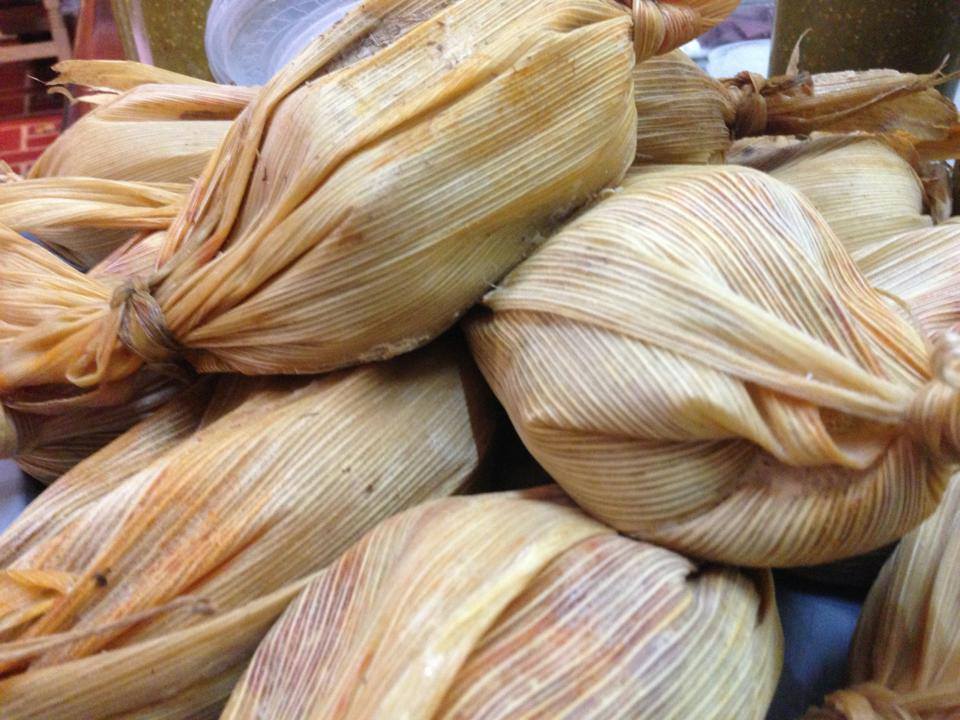When I think of tamales, I immediately think of a restaurant called Flor de Lis in Mexico City. When I was little my parents used to take my sister and me several times a year just because we craved tamales, but we also went to celebrate birthdays and other special occasions. I remember asking my mom when my brother, who is 10 years younger, would be old enough to be able to try those tamales—when he was just a baby.
When I think of tamales, I immediately think of a restaurant called Flor de Lis in Mexico City. When I was little my parents used to take my sister and me several times a year just because we craved tamales, but we also went to celebrate birthdays and other special occasions. I remember asking my mom when my brother, who is 10 years younger, would be old enough to be able to try those tamales—when he was just a baby.
We each had our favorites. My dad would always get the spiciest one they had or one with black mole. My mom would get the chicken with green mole and a bright pink sweet tamal that had a piece of candied fruit made from a cactus called biznaga that is now in danger of going extinct. My sister and I always wanted the chicken with salsa verde and the sweet ones that we would eat with atole, a warm porridge-like beverage made from different grains. I got the pink version made from corn, which matched the color of my tamal.

Tamales have a long history that’s often taken for granted. According to M. Dustin Knepps, an assistant professor at the University of Central Arkansas who specializes in Latino and Latin American Cultural Studies, it is believed that the creation of tamales dates between 8,000 and 5,000 B.C. The dish was often prepared for religious rituals, offerings, celebrations, and Aztec banquets.
Bernardino de Sahagún wrote in the 16th-century Florentine Codex that tamales were a fixture of Mesoamerican social events and religious holidays, to show gratitude for the fertility of the soil and as an offering to the dead. Nowadays tamales are much more than just a meal: They mark special occasions as well and serve a symbolic purpose, showing up at weddings, baptisms, the Day of the Dead, and the Feast of Candelaria celebrated on February 2.
While tamales are still enjoyed at important celebrations, and people host tamalizas—the parties all about making and eating tamales—they’re also an everyday food eaten for any meal. Most often tamales are found in street stalls, and they are commonly kept warm inside a beverage cooler or basket covered with cloth, corn husks, banana leaves, or plastic. When I traveled around Mexico for a year to research my first cookbook, My Sweet Mexico, I often ate tamales not just because I love them but because they gave me so much energy! That also makes them popular with construction workers and farmers.
Click here to buy the book My Sweet Mexico by Fany Gerson on Amazon
CLICK HERE FOR FULL ARTICLE ON YAHOO NEWS
